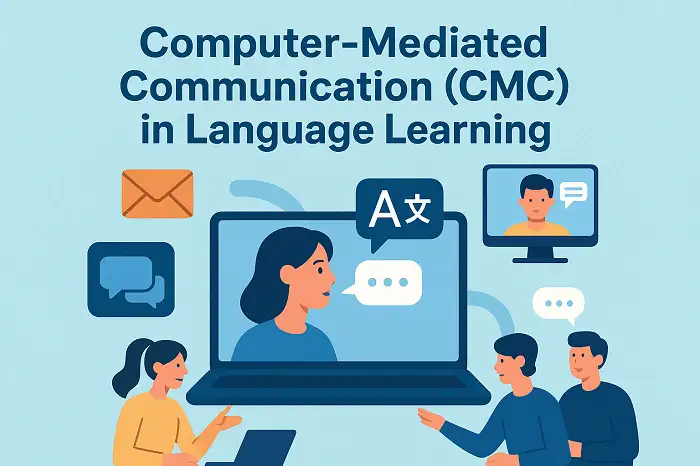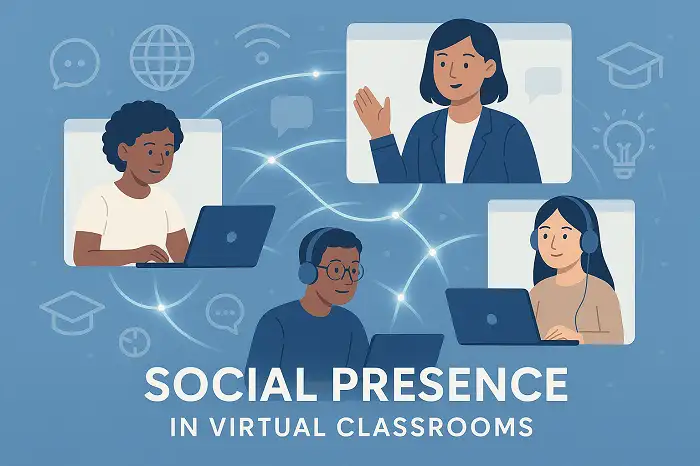Table of Contents
Interaction Hypothesis
Interaction Hypothesis
Long’s Interaction Hypothesis, especially the updated version, claims that learners do need to pay conscious attention to form in order to benefit from negotiated interaction. The origins of Long’s Interaction Hypothesis lies partly in Hatch’s work on discourse analysis and L2 acquisition and partly in Krashen’s Input Hypothesis. Hatch claims that one learns how to do conversations, one learns how to interact verbally, and out of this interaction syntactic structures are developed.

Long and other IH researchers have been careful to emphasize that interaction involving meaning negotiation only facilitates acquisition; it does not cause acquisition to take place. Modified interaction can only set the scene for potential learning. Furthermore, as Pica pointed out, the IH does not claim that meaning negotiation is the only type of interaction in which the conditions that foster learning arise; “uninterrupted communication” (i.e. communication where there is no problem of understanding) can also contribute to acquisition.
Long’s Interaction Hypothesis is divided into two parts:
- The Early Version: In his initial formulation of the Interaction Hypothesis, Long (1983) emphasised the role played by interaction in making input comprehensible. In Long’s early version of the IH, he (1983) acknowledged that simplified input and context can play a role in making input comprehensible, as Krashen claimed. However, he stressed the importance of the interactional modifications that occur in negotiating meaning when a communication problem arises. In other words, he argued that interactive input is more important than non-interactive input because it supplied learners with information relating to linguistic forms that were problematic to them. The early version of IH was subjected to a number of criticisms. First, as Hawkins showed, learners often fake comprehension. That is, they frequently pretend they have understood as a result of negotiating a comprehension problem when, in fact, they have not. Second, Aston points out that forms used to realise the topic management functions associated with meaning negotiation can also be used to realise entirely different functions. The identification of negotiation sequences is problematic, although this is rarely acknowledged by IH researchers. A third problem is that the early version of the IH, like the Input Hypothesis, failed to explain how the comprehensible input resulted in acquisition. As in the early version, negotiation was seen as providing learners with comprehensible input, thereby supplying them with positive evidence.
- The Later Version: Long (1996) updated IH, which emphasised that the role of negotiation is to facilitate attention to form. Long (1996) wrote, “Negotiation for meaning, and especially negotiation work that triggers interaction adjustments by the NS or more competent interlocutor, facilitates acquisition because it connects input, internal learner capacities, particularly selective attention, and output in productive ways” (pp. 451-452). In contrast to the early version of the IH, which simply postulated an effect for comprehensible input, this later version sought to account for how interactionally modified input contributes to acquisition by specifying the learner internal mechanisms involved. In the later version, Long (1996) was more faithful to the earlier work of Hatch in that he acknowledged that interaction can facilitate acquisition by assisting learner’s L2 production. The later version of the hypothesis has also been closely associated with another construct, that is, focus on form. The general claim of both early and later versions of the Interaction Hypothesis is that engaging in interpersonal oral interaction in which communication problems arise and are negotiated facilitates incidental language acquisition. The later version of the IH also posits two other ways in which interaction can contribute to acquisition: through the provision of negative evidence and through opportunities for modified output. Long (1996, p. 413) defined negative evidence as input that provides “direct or indirect evidence of what is ungrammatical”. It arises when learners receive feedback on their own attempts to use the L2. Gass suggested that the negative evidence learners obtain through negotiation serves to initiate interlanguage change but that permanent restricting may only take place after an ‘incubation period’ during which the learner has access to input that provides further evidence of the need for the change. In other words, the effects of negative evidence may be delayed. Modified output occurs in cases where there is learner uptake-with-repair.
To facilitate empirical research based on the IH, Long suggested that researchers follow three steps:
- They need to show that conversational adjustments that arise when meaning is negotiated promote the comprehension of input.
- They need to show that comprehensible input promotes acquisition, and
- They can then deduce that conversation adjustments assist acquisition.
Pica, Young and Doughty compared learners’ comprehension of directions under three conditions:
- A baseline condition (which involved listening to directions of the kind native speakers address to other native speakers),
- A premodified input condition (where baseline directions were simplified in accordance with the kinds of modifications native speakers make when they address non-native speakers), and
- An interactionally modified input condition (where the learners were given the opportunity to negotiate the directions if they did not understand them). They found that learners comprehended the directions best in the interactionally modified condition (as claimed by the IH) and worst in the baseline condition.
According to R. Ellis, interaction contributes to development because it is the means by which the learner is able to crack the code. This takes place when the learner can infer what is said even though the message contains linguistic items that are not yet part of his competence and when the learner can use the discourse to help him/her to modify or supplement the linguistic knowledge already used in production.
In Interaction Hypothesis, the emphasis is on the role which negotiated interaction between native and non-native speakers and between two NNSs plays in the development of a second language. That early body of research as well as more recent work has taken as basic the notion that conversation is not only a medium of practice, but also the means by which learning takes place. In other words, conversational interaction in a second language forms the basis for the development of language rather than being only a forum for practice of specific language features.
It is important to point out that the Interaction Hypothesis is agnostic as to the role of UG. In other words, no claims are made about the ultimate source of syntax that a learner uses as he/she creates hypotheses.
References
- Long, M. (1983). Native speaker/non-native speaker conversation and the negotiation of comprehensible input. Applied Linguistics, 4(2), 126-141. doi:10.1093/applin/4.2.126
- Long, M. H. (1996). The role of the linguistic environment in second language acquisition. In W. C. Ritchie & T. K. Bhatia (Eds.), Handbook of research on language acquisition (pp. 413-468). New York: Academic Press. doi:10.1016/b978-012589042-7/50015-3



